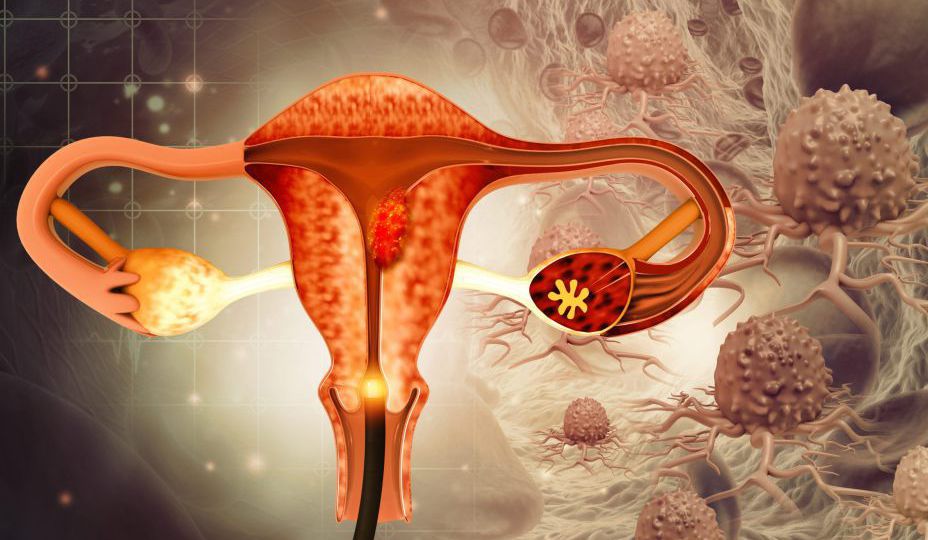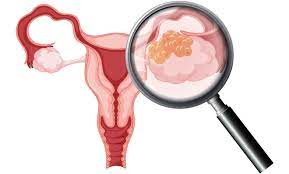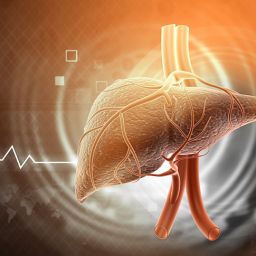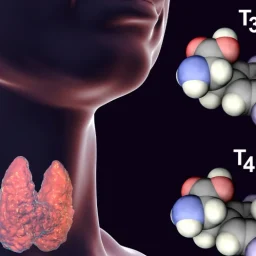
Before delving into prevention strategies, it is important to understand what ovarian cancer is and how it develops. Ovarian cancer occurs when cells in the ovaries begin to grow uncontrollably and form tumors. The ovaries are part of the female reproductive system and are responsible for producing eggs and hormones like estrogen and progesterone. The exact cause of ovarian cancer is unknown, but several factors, including genetic mutations, family history, and hormonal changes, are believed to contribute to its development.
There are several types of ovarian cancer, with epithelial ovarian cancer being the most common. Other types include germ cell tumors and stromal tumors, each with its own set of risk factors and characteristics. The symptoms of ovarian cancer are often vague and can include bloating, pelvic pain, frequent urination, and changes in appetite. Because these symptoms can overlap with many other conditions, early detection is challenging.
2. Genetic and Family History Awareness
Genetic mutations play a significant role in ovarian cancer risk. Women who carry mutations in specific genes, such as BRCA1 and BRCA2, are at an increased risk for both ovarian and breast cancer. These mutations are inherited and can be passed down from either parent. In fact, women with a family history of ovarian or breast cancer are more likely to carry these genetic mutations.
Genetic Testing and Counseling

If you have a family history of ovarian or breast cancer, it is important to consider genetic testing. Genetic testing can identify whether you carry the BRCA1 or BRCA2 mutations or other genetic changes that could increase your risk. Women who test positive for these mutations may choose to take proactive steps, such as increased surveillance, prophylactic surgeries, or medications, to reduce their risk.
BRCA gene mutations are associated with up to 10% of all ovarian cancer cases. While these mutations increase the risk, it is important to remember that not all ovarian cancer cases are hereditary. Genetic counseling can help assess individual risks and provide guidance on the best preventive measures.
3. Hormonal Factors and Birth Control
Hormonal factors play a significant role in ovarian cancer development. Women who have had many ovulatory cycles (such as those who have never been pregnant, had early menstruation, or experienced late menopause) may be at higher risk of ovarian cancer. Ovulation triggers the ovaries to release an egg, and each ovulatory cycle can potentially increase the risk of cancerous cell mutations.
Oral Contraceptives (Birth Control Pills)
One of the most effective measures for reducing the risk of ovarian cancer is the use of oral contraceptives (birth control pills). Studies have shown that women who take birth control pills for an extended period have a significantly lower risk of developing ovarian cancer. The protective effect appears to increase with the number of years the pills are taken, with studies suggesting a risk reduction of up to 50% for women who use oral contraceptives for five years or longer.
The exact mechanism behind this protective effect is thought to involve the suppression of ovulation. By preventing ovulation, birth control pills reduce the number of times the ovaries are stimulated, which in turn lowers the chances of cellular mutations that can lead to cancer. However, it is important to discuss the risks and benefits of birth control with a healthcare provider, as some women may not be suitable candidates for hormonal contraception.
Pregnancy and Breastfeeding
Women who have been pregnant or who breastfeed for extended periods also have a reduced risk of ovarian cancer. This may be due to the fact that pregnancy and breastfeeding reduce the number of ovulatory cycles a woman experiences. Each pregnancy and each year of breastfeeding reduces ovarian cancer risk by approximately 10-20%. The longer a woman breastfeeds, the greater the protective effect.
4. Diet and Nutrition
Diet and nutrition are important factors in overall health, and they can also influence the risk of developing ovarian cancer. A healthy, balanced diet rich in antioxidants, fiber, and essential nutrients can help reduce inflammation, improve immune function, and promote healthy cell growth.

Fruits and Vegetables
A diet high in fruits and vegetables is associated with a reduced risk of several types of cancer, including ovarian cancer. Fruits and vegetables are rich in antioxidants, vitamins, and minerals that help protect the body from oxidative stress and free radical damage, which are believed to contribute to cancer development. Antioxidants such as vitamins C and E and phytochemicals like flavonoids and carotenoids are particularly beneficial.
Leafy greens, cruciferous vegetables (like broccoli, cauliflower, and kale), and bright-colored fruits and vegetables (such as berries, carrots, and tomatoes) should be included in your daily diet. These foods are rich in cancer-fighting compounds and can support your immune system.
Healthy Fats and Omega-3 Fatty Acids
Consuming healthy fats, such as those found in olive oil, avocados, and nuts, can also help lower the risk of ovarian cancer. Omega-3 fatty acids, found in fatty fish like salmon, sardines, and mackerel, are particularly beneficial for reducing inflammation and supporting overall cellular health. In contrast, trans fats and saturated fats found in processed foods, fast food, and baked goods can increase inflammation and may contribute to the development of cancer.
Limit Red and Processed Meat
A diet high in red meat and processed meats has been linked to an increased risk of several cancers, including ovarian cancer. Limiting your consumption of red meat and processed meats (such as bacon, sausage, and hot dogs) and replacing them with plant-based proteins (such as beans, lentils, and tofu) can help reduce your cancer risk.
5. Physical Activity and Maintaining a Healthy Weight
Physical activity plays an important role in cancer prevention, including ovarian cancer. Regular exercise helps maintain a healthy weight, improves immune function, and reduces inflammation. Physical activity also promotes better circulation, which supports the body’s ability to remove toxins and waste products that could contribute to the development of cancer.
Exercise and Weight Management
Being overweight or obese increases the risk of ovarian cancer, as well as several other types of cancer. Maintaining a healthy weight through regular exercise and a balanced diet is one of the most effective ways to reduce ovarian cancer risk. Studies have shown that women who engage in regular physical activity, such as walking, jogging, or swimming, have a lower risk of developing ovarian cancer.
Even moderate physical activity, such as walking 30 minutes per day, can have significant health benefits. It is also essential to avoid a sedentary lifestyle, as inactivity has been linked to a higher risk of various cancers.
6. Avoiding Environmental Toxins
Environmental toxins, such as pesticides, industrial chemicals, and pollutants, have been linked to an increased risk of ovarian cancer. Certain chemicals, like asbestos and talc (especially when used in the genital area), have been identified as potential carcinogens that can increase ovarian cancer risk.
Minimize Exposure to Toxins
To reduce your risk of ovarian cancer, it is important to minimize exposure to harmful environmental toxins. Choose organic produce when possible to limit pesticide exposure, and avoid using products containing talc, such as baby powder, on the genital area. Additionally, be mindful of household cleaning products and chemicals that may contain carcinogenic substances.
7. Regular Gynecological Check-ups
Regular gynecological exams are essential for maintaining reproductive health and detecting early signs of ovarian cancer. While there are no standard screening tests for ovarian cancer for women who are not at high risk, pelvic exams, ultrasounds, and blood tests (such as CA-125) may be used in certain situations.
Pelvic Exams
A pelvic exam is a physical examination of the reproductive organs, where a healthcare provider can feel for any abnormalities or lumps. While pelvic exams alone are not sufficient for detecting ovarian cancer, they can help identify early warning signs and prompt further investigation.
Genetic Counseling and Screening
Women with a family history of ovarian or breast cancer should discuss genetic counseling and testing with their healthcare provider. Genetic testing can help identify whether you carry BRCA mutations or other genetic markers that increase your ovarian cancer risk. Early detection and preventive measures can be life-saving for those at high genetic risk.
8. Consider Prophylactic Surgery
For women who are at high genetic risk of ovarian cancer (e.g., those with BRCA1 or BRCA2 mutations), prophylactic (preventive) surgery, such as the removal of the ovaries (oophorectomy) or the fallopian tubes (salpingectomy), may be an option. Studies have shown that this surgery can significantly reduce the risk of ovarian cancer in high-risk women.
While this is a drastic measure, it may be a life-saving decision for women with a strong family history or genetic mutations that increase the likelihood of developing ovarian cancer. It is important to consult with a healthcare provider and genetic counselor to weigh the risks and benefits of such procedures.
While there is no guaranteed way to prevent ovarian cancer, several precautions can help reduce the risk of developing this deadly disease. Understanding genetic risk factors, making healthy lifestyle choices, and being proactive about regular check-ups and screenings are key components in ovarian cancer prevention. By adopting a balanced diet, staying physically active, maintaining a healthy weight, avoiding environmental toxins, and considering appropriate medical interventions, women can take significant steps to protect their health and reduce the risk of ovarian cancer.
Prevention begins with awareness and action, so take charge of your health and consult with your healthcare provider to determine the best steps for you based on your individual risk factors.















